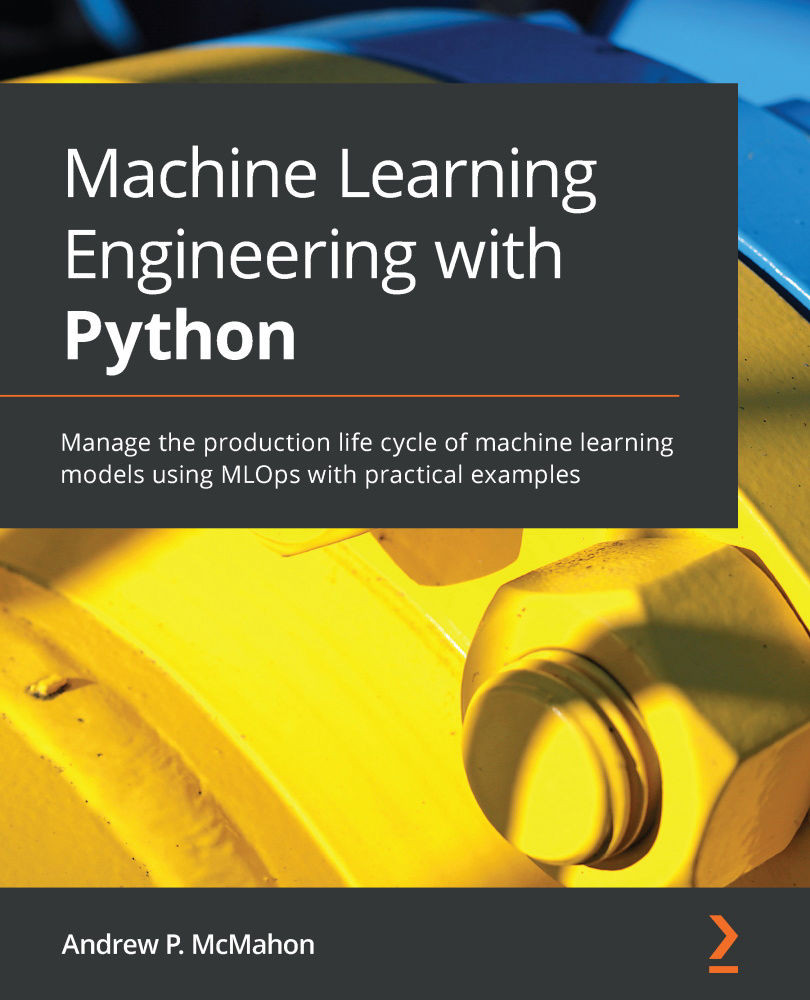Machine Learning (ML) is rightfully recognized as one of the most powerful tools available for organizations to extract value from their data. As the capabilities of ML algorithms have grown over the years, it has become increasingly obvious that implementing them in a scalable, fault-tolerant, and automated way is a discipline in its own right. This discipline, ML engineering, is the focus of this book.
The book covers a wide variety of topics in order to help you understand the tools, techniques, and processes you can apply to engineer your ML solutions, with an emphasis on introducing the key concepts so that you can build on them in your own work. Much of what we will cover will also help you maintain and monitor your solutions, the purview of the closely related discipline of Machine Learning Operations (MLOps).
All the code examples are given in Python, the most popular programming language for data applications. Python is a high-level and object-oriented language with a rich ecosystem of tools focused on data science and ML. Packages such as scikit-learn and pandas often form the backbone of ML modeling code in data science teams across the world. In this book, we will also use these tools but discuss how to wrap them up in production-grade pipelines and deploy them using appropriate cloud and open source tools. We will not spend a lot of time on how to build the best ML model, though some of the tools covered will certainly help with that. Instead, the aim is to understand what to do after you have an ML model.
Many of the examples in the book will leverage services and solutions from Amazon Web Services (AWS). I believe that the accompanying explanations and discussions will, however, mean that you can still apply everything you learn here to any cloud provider or even in an on-premises setting.
Machine Learning Engineering with Python will help you to navigate the challenges of taking ML to production and give you the confidence to start applying MLOps in your organizations.



 Free Chapter
Free Chapter
